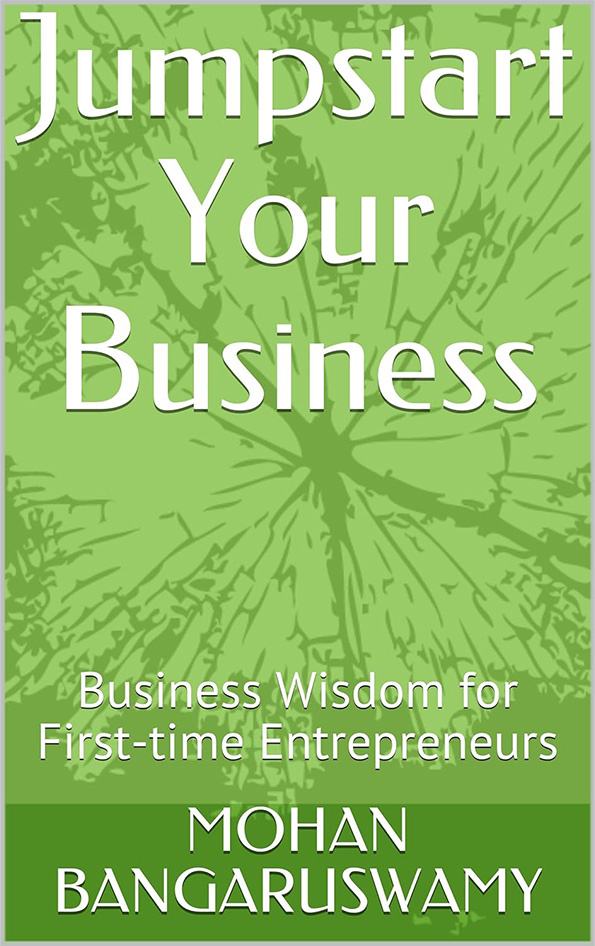This website uses cookies so that we can provide you with the best user experience possible. Cookie information is stored in your browser and performs functions such as recognising you when you return to our website and helping our team to understand which sections of the website you find most interesting and useful.
Jumpstart Your Business
The objective of the book is to provide first-time entrepreneurs with a practical, down-to-earth book that will facilitate creation of business plan across the lifecycle of their start-up organization.
It deals with typical challenges faced by entrepreneurs who are starting out on their first venture. While they have an idea or number of ideas, they are unable to work in a structured manner to convert their thoughts into a business proposition.
The book provides a direction to work with such challenges. It provides a balance between ‘conceptual frameworks’ and ‘application at the start-up context’. It focuses on many of the real-life challenges faced by entrepreneurs and it provides direction to work with the challenges.
The intention is to be aware of the fact that a new business (start-up) may lack resources (money, time, competencies and infrastructure) and to help them to create robust plan documents that will enable them to move to action stage and monitor their progress with reference to goals that have been set.

The book covers a startup organization across the various stages in its lifecycle. It is based on the fact that the plan document needs to be different across various stages of the lifecycle. It covers:
a.Validation Stage: This is to enable translation of an idea into a business proposition. It seeks to document the idea, the problem being solved, the perceived target segment, various facets of the idea, assumptions being made and work required to be done to validate the ideas. It could include creation of a ‘Minimum Viable Product’. The focus at this stage is ‘feasibility of the idea as a business’. The documentation includes the mechanism to validate the assumptions
b.Commencement Stage: At this stage, feasibility has been proven and the focus is on creating the product / services / solution and work arrive at the business model that proves viability. The plan document at this stage covers aspects pertaining to:
•Business definition
•Market landscape
•About products / services / solutions
•Revenue streams
•Marketing
•Sales
•Operations
•Financial aspects
•Team
•Alliances, if any
•Risks and risk mitigation
c.Scaling Stage: The focus at this stage is one of scalability as viability has been proven or is expected to happen with the process of scaling. The business plan document at this stage will be similar to the one at the startup stage except that the tonality changes with reference to the information in the document. While the plan at the previous stage still contains a number of assumptions that are yet to be validated, the plan at this stage has more concrete data due to customer acquisition and experience of the organization in the marketplace.
d.A section for those interested in seeking external funding
The highlights that will appeal to the readers are:
•Practical application
•Integrated approach across the life-cycle of a start-up
•Examples
•Templates to facilitate quick application
The book is in a format that is partly ‘story mode’ and partly in concepts & application. Each section commences with the story of a ‘wannabe entrepreneur’ / ‘entrepreneur who is facing challenges in different stages of a business lifecycle’.
They meet a person who acts as their mentor in this journey. Each chapter starts with a conversation between the mentor and the individual. Their conversations set the context for the topics that are discussed in the chapter and revolve around:
•The context of a start-up in its current life-cycle stage
•Concepts and application of concepts
•Application of learning from each mentoring session
•Challenges in the implementation
•Articulation of the learning
•Sharing of practices
The body of each chapter focuses on
•Conceptual framework
•Application
•Best practices
•Action plan for implementation


